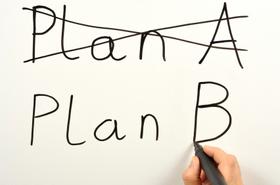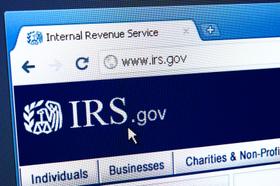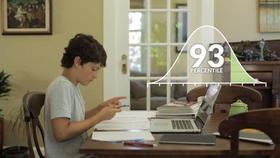You have been thinking about private school for your child for some time now. Finally, you have decided to proceed. Naturally, you will have many questions about how to organize your school search process. Here are some answers to your questions about when to tackle the various steps in the school search process. I hope this will help you plan and execute the process efficiently and with a minimum of angst. If you want more detail on any aspect of the search process, start with How To Search For Schools.
When do you send your child to private school?
At what age to send your child to private school depends on several things. The first thing which you need to consider is the quality of the education available in your local public schools. No matter what grade you are thinking about, start with that consideration first. This step requires you to do some serious research and due diligence. Don't skip this research.
Begin with the school's reputation. You may have heard good things about a particular public school in your area. That's a start, but take time to look carefully at the school profiles on sites such as Great Schools. Videos posted on YouTube by private schools will give you a useful point of comparison.
Here is an overview of teaching Spanish at The Rectory School.
Then, the next step is to visit the school in person. You cannot rely on videos and other people's opinions. Set aside a couple of hours from your busy schedule, make the appointment, and go to the school. Observe a class similar to the one which your child might be entering. Is the teaching style compatible with your expectations? Is what is being taught a match your philosophy of education? If your child has learning differences, ask about how the school will handle those specific needs. Ask about transportation, district funding, extracurricular activities, and parental involvement. My suggestions apply to any entry point you are considering, be it pre-school, elementary, middle, or high school.
Let's assume that your child is old enough to begin elementary school. Your research tells you that the local public school is well-regarded and seems to have the academic programs you want for your child. Now is the time to ask yourself a few more questions. Do you want your child educated according to the Montessori, Waldorf, or Reggio Emilia method? Teaching methods cover a wide range. Determine which method suits your child best. You know what works for your child. If the teaching method being used in the public school classroom is not effective for your child, then you must look at other options. If you don't, your child will be unhappy. What about religious education? Is the individual attention available in small classes important to you?
The following video gives an overview of the popular Reggio Emilia early education approach.
Apply the same approach to middle school and high school entry points. Explore the full range of options for academics, athletics, and extracurricular activities. The middle school and high school years develop your child's admissions profile for college-level studies. Consequently, you need to review the programs at the schools on your list and make certain that they satisfy your requirements. These considerations will help you decide when to send your child to private school.
Private school admissions deadlines come in two flavors: rolling admissions and fixed deadlines. Rolling admissions means that you can apply anytime within the school's application window. Typically, applications for admissions for the following September will open in the fall and remain open through the following spring or until all the places have been filled. Once the school has completed its review of your child's admissions file, it will decide whether or not to accept your child. On the other hand, fixed admissions deadlines specify a date by which applicants must submit their completed applications. Now, if you need financial aid, you will have another deadline to meet, regardless of whether the school has rolling admissions or a fixed deadline for admissions. That's because each private school has its own pool of funds allocated to financial aid. Once that money is used up with financial aid grants, those resources are gone.
When do you visit schools?
When you started looking at private schools, you probably bookmarked a dozen or more schools. Or perhaps you created a playlist in your YouTube channel with all the schools in which you were interested. After filtering that large list of schools with your very specific needs and requirements, you should be left with a list of about 3-5 schools. That's your shortlist. Once that exercise is completed, then make arrangements to visit those schools on your shortlist
When do you ask about financial aid?
Make your need for financial aid known as early in the process as you can. Each school has a different amount of money allocated to financial aid. As a result, each school's financial aid awards will be determined by the amount of the financial aid pool divided by the number of awards and their respective amounts. The early bird gets the worm.
When do you discuss your child's progress?
The school will schedule parent-teacher conferences on a regular basis. However, never be reticent about discussing your child's progress at any time. Your child's education is a partnership of three: you, your child, and the school.
When do you schedule admissions testing?
Generally, you will schedule standardized admissions testing - SSAT, ISEE, COOP - in the fall of the year before you expect your child to begin classes. If your child does not test well, then start 18 months to 2 years before the proposed test date with plenty of test-taking practice. This will ensure that your child is confident and as relaxed as can be expected on the test date.
This short video discusses one of the Catholic high school admissions tests.
When do you set up a 529 plan?
The 2017 Tax Code expanded 529 educational savings plans to include K-12 schools, not just colleges and universities. Some people set up their 529 within months of their child's or grandchild's birth. Consult with your financial advisor before setting up a 529 plan.
Questions? Contact us on Facebook. @privateschoolreview















